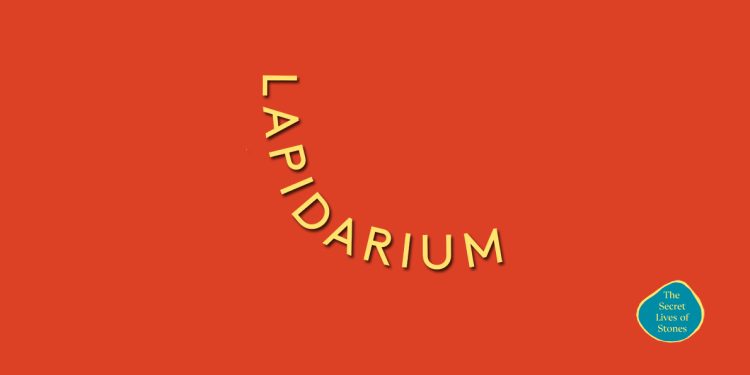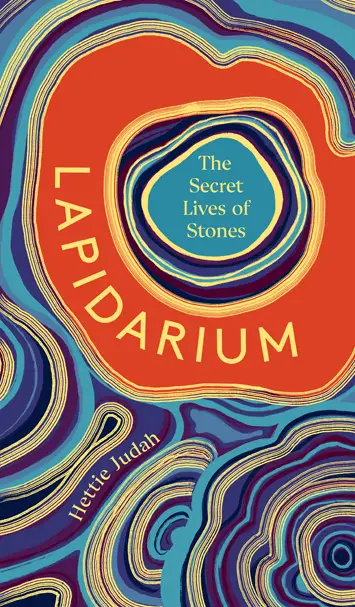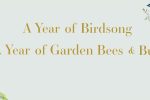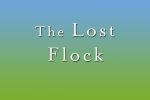Lapidarium: The Secret Lives of Stones by Hettie Judah – Review

By Elizabeth Stanforth-Sharpe
Hettie Judah is one of the United Kingdom’s leading art critics and commentators, and principal art critic on the British daily paper The I, so I was intrigued to discover how a writer more used to standing in a gallery than a geological site would approach a book exploring the stories of stones. The answer is to curate the collection, stone by stone, spotlighting each one in exquisite isolation, beautifully forming a cohesive, walk-through literary exhibition that is dazzling to behold and fascinating to visit. The book oozes luxury and quality with a velvety soft jacket, gilded lettering, the stratigraphic scale edging the pages to delineate different sections and showcase images throughout; it is a triumph of elegant design.
Judah has taken 60 stones, some as precious as rubies and sapphires, some as unglamorous as granite and millstone grit, sub-dividing them into six sections – stones as symbols of power, stones used in sacred ceremonies, stones that find themselves a place in great literary works, stones associated with industry and technology, stones that have been shaped, sculptured and formed either by artists or the natural world, and stones as living entity, investigating such topics as mountain and cliff erosion, volcanic activity creating new islands and changing the landscape, loss of biodiversity as coastal reefs are replaced by concrete barriers, and the disturbing understanding that our plastic debris, discarded mobile phone components, batteries and other durable ephemera are already undergoing striking transformations in the anthropocene to become the fossils of the future.
Perhaps not unsurprisingly, amongst the captivating stories of coronation crown jewels, the amethyst-lined walls of the church of Săo Gabriel, petrified and polished fish poo, and the asexual reproduction of some members of the coral family, Judah has found much that acknowledges the geomorphology and history that ribbons through the Yorkshire landscape.
Whitby jet, imbued with the spirit of the Anatolian mother goddess Cybele, inspires tales of male priests who cut off their own genitalia to identify as women, 1982 excavations at Cataractonium – a third-century Roman military base on the River Swale, climate change in the Lower Jurassic period, promiscuous women simulating states of virginity, and warding off snakes.
Flint Jack, the infamous Victorian ‘prince of counterfeiters’ served his apprenticeship with Dr Young, a historian and palaeontologist, gaining a knowledge of the rocks of the Yorkshire coastline, and ancient working practices, but soon realised it was easier to sell fake historical artefacts than to dig them up in fields. From flint axe and spear heads he progressed to work so realistic that a local historian Thomas Wright developed a thesis which concluded that the ‘found’ collection ‘featured artefacts of a distinct culture, unique to North and East Yorkshire’, which was later debunked by curators of the British Museum. The story of the forger was told in the 1866 edition of The Malton Messenger, picked up by the national press, and Flint Jack became a celebrity. Everybody wanted to see him demonstrate his skills, have their picture taken with him, and be in possession of one of his authentic copies of the real thing. Charles Dickens wrote of Flint Jack, ‘But what a waste of ability! What might not this man had done for science had he only taken the same pains in assisting as he did in leading it astray!’
Whitby and the surrounding area also come under the spotlight as Judah follows the fortunes of the Alum trade and its importance to the British textile and fashion industries.
 “Forged by the landscape”
“Forged by the landscape”
There’s the, perhaps apocryphal, account of a dinner given by a former Archbishop of York who passed the preserved heart of Louis XIV around the table for his guests to inspect, only to have one of those attending, Rev Dr William Buckland, Oxford University’s first Reader in Geology, declare, “I have eaten many strange things, but I have never eaten the heart of a king before”, before lifting the deceased monarch’s body organ to his lips and consuming it.
Buckland found himself embroiled in another Yorkshire adventure when 1821 workmen found hyena, tiger, bear, wolf, elephant, rhinoceros, and hippopotamus bones in caves at Kirkdale, which he pronounced to have been ‘inhabitants of antediluvian Yorkshire’.
The sculptor, Barbara Hepworth, who grew up and studied in West Yorkshire, developed a collaborative bond with the stones, dry stone walls and rocks formations of the area from early childhood, famously once saying, “I gradually discovered the pagan landscape… which still has a deep effect on me.” Judah includes a very gentle, and necessarily paired-back, introduction of Hepworth’s influences from the Cow and Calf rocks above Ilkley to the finest white marble shipped from Paris.
The moody millstone grit looming over those West Yorkshire moorlands, reshaped by centuries of savage winds and harsh rains, but as abrasive and tough as ever, provides reference to one of the county’s most famous authors, forged by the landscape into which she was born. In a forward to Emily Brontë’s novel Wuthering Heights, published in 1847, just a year before her death, her sister Charlotte pictured Emily as a sculptor chiselling the novel ‘hewn in a wild workshop, with simple tools, out of homely materials… its colouring is of mellow grey, and moorland moss clothes it’, and the poet Anne Carson relates to that same abrasive stone texture in terms of her father’s memory fractured through Alzheimer’s;
‘Soul is the place,
Stretched like a surface of millstone grit between body and mind,
Where such necessity grinds itself out.’
Judah pulls out all the stops in Lapidarium to show her readers, wherever they may be based, that geology is a science that spills over with storytelling and poetic imaginings. Stones that are hard and cold have arrived in our landscapes and environs through much heat and upheaval, and when examined give glimpses into past epochs and cultures, and it is here that Judah excels in drawing out the unexpected. She could, for instance, have told us of the associations between diamonds and romance, but instead chose to tell us of the lipophilic qualities of the stones (that they are attracted to fat and grease), which leads to tales of the gem hunters of China throwing raw meat into inaccessible ravines, which eagles then flew into to retrieve the meat, but also bringing up the diamonds which stuck to the fat.
Lapidarium is essentially an enchanting storybook, elegantly mixing archaeology, mythology, literature, and philosophy that builds a rock-solid case that “so much of what we think of as culture—our modes and places of worship, the tools we use, the materials in which we adorn ourselves, the stories we spin, our graven images—is formed by geology”. The book is a beautiful object in its own right, and the contents are fascinating.
‘Lapidarium: The Secret Lives of Stones’ by Hettie Judah is published by John Murray









